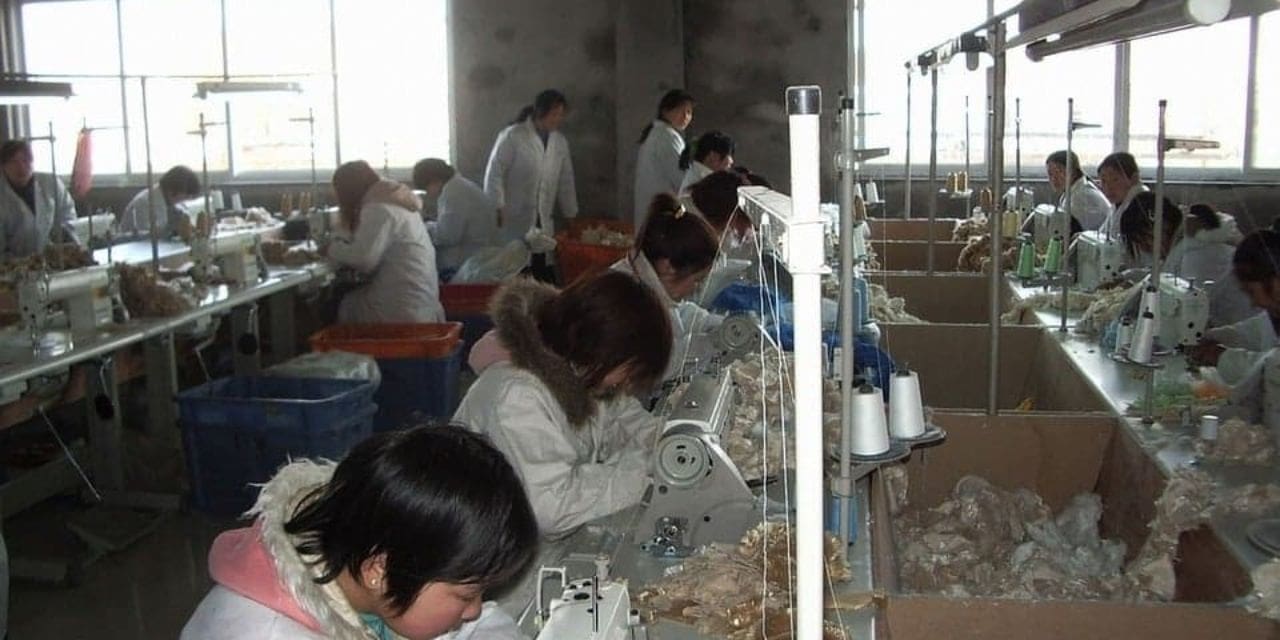The textile sector is one of the world’s greatest economic markets, earning $450 billion and employing over 25 million people worldwide. It is estimated that about 120 billion pounds of textiles are produced each year, a figure that is rising due to rising consumer demand. Cotton consumption rates are at an all-time high, with an annual demand of more than 120 million tons. We’ve known for decades that the majority of our garments are produced in countries where workers’ rights are restricted or non-existent. Indeed, industrial sites are frequently relocated in search of ever-lower labor costs. We frequently hear business owners claim, “for these people, it’s better than nothing,” or “at least we provide them a job,” and to some extent, they are correct. However, it is equally correct to state that they are taking advantage of the suffering and exploiting underprivileged populations that have no option but to labor for any wage and under any working circumstances. Even the European Parliament uses the term “slavery” to characterize the current labor environment of Asian garment workers.We all know that if labor conditions are favorable in one nation, businesses will just go to another. We think that until consumers press for change, we cannot anticipate much from the business sector or governments.
Many fashion firms guarantee their clients that their apparel is created by employees who are compensated at least the minimum legal wage. However, most brands do not even pay the legal minimum wage. Worker exploitation is a frequent practice in the textile business.Furthermore, in most industrial nations such as Bangladesh, China and India, the minimum wage is half to a fifth of the living wage. A livable wage is the minimal minimum that a family needs to meet its fundamental necessities. So, in short, these companies brag about paying their staff 5 times less than what they truly need to live a dignified life.
Garment workers are frequently required to work 14-to-16-hour days, seven days a week. They may labor till 2 or 3 a.m. during peak season to achieve the clothing brand’s deadline. Their base pay is so low that they cannot reject overtime – despite the fact that they would be fired if they did. In certain circumstances, overtime does not even get compensated.
The Rana Plaza collapse in 2013, which killed around 1134 garment workers in Dhaka, Bangladesh, exposed the world to the fashion industry’s inhumane working conditions. One such calamitous episode brought to light the harsh working conditions of textile employees. Employees typically labor in dangerous structures with little ventilation, breathing in harmful compounds and inhaling fiber dust or blasting sand. Accidents, explosions, injuries, and sickness are all common occurrences on textile manufacturing facilities. Furthermore, textile employees are frequently subjected to verbal and physical harassment. When they fail to fulfil their (unattainable) daily objective, they are sometimes humiliated, denied breaks, or are not permitted to drink water.
Child labor is also a huge problem in the textile industry. Around 160 million children worldwide are compelled to labor. Child labour is especially frequent in the fashion industry since it needs low-skilled labor.
Many examples of forced labor have also been recorded along the fashion industry’s supply chain. Until recently, the most infamous case was taking place in Uzbekistan, one of the world’s major cotton producers. Every fall, the government forced over a million people to abandon their regular employment and go cotton picking. In addition, children were recruited and brought out of school to gather cotton.
Only coordinated effort on several levels by various parties would result in better working conditions fortextile workers. First and foremost, plant management should enable trade unions access to their facilities. Second, brand and firms are required to ensure that their social audits accurately reflect the ground realities. Third, customers should put pressure on foreign firms to adhere to labor standards across their supply chain. Finally, Indian labor regulations should be updated to guarantee that all workers have appropriate working conditions. These steps if put to action will result in the betterment of the working and living conditions of textile and factory workers.

